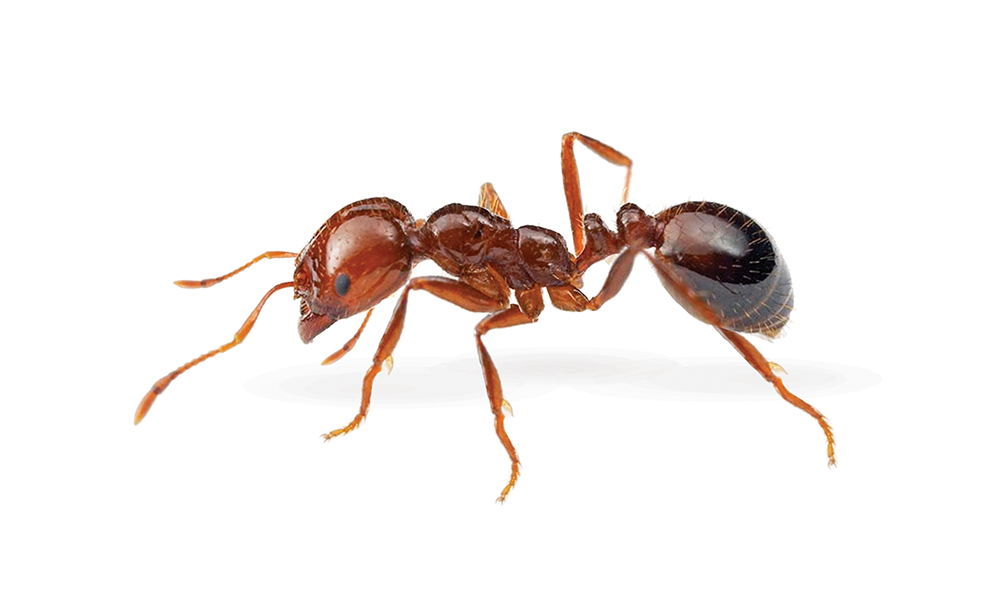Nursery Fire Ant Control
Protect Your Nursery with Extinguish® Plus
Your nursery reflects the care and passion you have for each plant, shrub, or flower. Don’t let fire ants threaten your investment. Fire ants pose a particular threat to the nursery market, not only because they get into plants and impede growth, but also because they have the potential to migrate. Although fire ants are a problem for everyone, commercial nurseries, in particular, can be impacted by the costs of shipping or receiving fire ant–infested plant material or soil. It is critical to control fire ant problems and avoid spread into uninfested areas.
At Central Life Sciences, we have the solutions to keep your nursery protected from dangerous fire ants with effective, economical fire ant bait to tackle infestations. Our Extinguish® Plus fire ant bait solution is an approved product on the USDA Imported Fire Ant Quarantine list.
Extinguish® Plus fire ant bait
- Designed to offer both short-term and long-term relief from nursery-threatening fire ants
- Combines the killing power of an adulticide, Hydramethylnon, and the long-lasting control of an insect growth regulator (IGR), (S)-methoprene
- Colony reduction begins in about 1 week and colony elimination may be seen within 2 weeks
- Broadcast – 1.5 pounds of product per acre
- Available in 1.5 lb., 4.5 lb. and 25 lb. containers
- USDA Quarantine Approved
Extinguish® Plus is formulated for dry conditions and should not be applied within 6 hours of a rain event. Fire ants will not be attracted to wet bait. Take care to apply product when nursery and surrounding areas are dry from dew or irrigation.
Learn more about the fire ants that Extinguish® Plus will keep out of your nursery:

Red Imported Fire Ants
Both imported and native red fire ants damage costly agriculture equipment with their tall, hardened mounds. They adversely impact nurseries, jeopardizing your investment.

Southern California Fire Ants
Mostly found in Southern California, this fire ant is typically smaller than the red imported fire ant, but is also capable of extensive damage to your plants and painful stings. Particularly sensitive to footsteps, the Southern fire ant colony is poised to attack given any disturbance to their mound.

Harvester Ants
With underground nests and small mounds, harvester ants feed on seeds and are also capable of painful stings that can be fatal to small animals. They pose a threat to both wildlife, plants and people when their colonies are disturbed.

Big-Headed Ants
Big-headed ants nest in soil, typically underneath debris and equipment left on the ground. As indicated by the name, they are identifiable by their big heads, and they feed on seeds and honeydew.

Argentine Ants
Argentine ants have a small stature, and build shallow nests underground. What makes them particularly troublesome is that one colony can have multiple queens, which makes them poised for rapid growth.


